Floor load from work platforms and telehandlers
Ground load is a key safety factor when using aerial work platforms and telehandlers. Incorrect assessment can lead to subsidence, tipping, or expensive structural damage.
This guide shows you how to identify risks, calculate them correctly, and ensure a safe footing.
Basics: What you need to know about Ground Load
What does soil pollution mean?
Ground load describes the pressure a machine exerts on the ground via its wheels or supports. It is measured in kN/m² or N/cm² . Especially with boom lifts, the load can be highly concentrated at individual points – up to 80% of the total load can be on one support .
Why is soil load so important?
A seemingly stable subsurface can give way under extreme point loads. Manhole covers, hollow spaces, or weak warehouse floors are particularly critical. If the load is not distributed correctly, serious damage and dangerous accidents may occur.
How to correctly calculate the floor load
Important formulas for practice
- Ground pressure = supporting force (kN) / contact area (m²)
- Support area = supporting force (kN) / permissible soil bearing capacity (kN/m²)
- Maximum support load ≈ 75–80% of the total weight
Converting units – what you should know
- 1 kN ≈ 100 kg
- 10 N ≈ 1 kg
- 1 daN ≈ 1 kg
- 10 kN ≈ 1 t
Practical calculation example (DGUV)
Example without base plate:
- Support force: 27 kN
- Support plate: 20 × 20 cm (0.04 m²)
- Ground pressure: 675 kN/m²
- Permissible pressure (gravel): 250 kN/m² → overload
With base plate (40 × 40 cm):
- Contact surface: 0.16 m²
- Ground pressure: 169 kN/m² → Safe
How stable is your subsoil?
Values for typical soils
| Underground | Load capacity (N/cm²) |
|---|---|
| Peat, sludge, bog soil | 0 |
| Uncompacted embankment | 0–10 |
| Non-cohesive soil (fine sand) | 15 |
| Cohesive soil (clay, silt) | 20 |
| Solid floor | 30 |
| Paved surface | 50–60 |
| road surface | 75–100 |
| Brittle rock | 150 |
| Solid rock | 300 |
Proper support – what you need to consider
Choosing the right support plates
| Plate size | Minimum thickness |
|---|---|
| Up to 50 × 50 cm | 4 cm |
| Up to 80 × 80 cm | 6 cm |
| Up to 110 × 110 cm | 8 cm |
| Wooden cross brace | 10 cm |
Important features of modern panels
- Non-slip surface, rubberized bottom
- Carrying handles, deep milling for secure hold
- Weatherproof, lightweight and robust
Live load vs. point load – what’s the difference?
Traffic load explained

- Indicates the area-related load (e.g. kN/m²)
- Important for use on ceilings or mezzanines
Point load explained

- Refers to individual contact points such as wheels or supports
- Unit usually in kN, N or daN
Risks due to incorrect soil loading
Incorrectly distributed loads endanger not only the equipment, but also people and the project. Common damages are caused by:
- Cracks in concrete slabs
- Sinking into asphalt or pavement
- Breakage of covers or cavities
Important: Never support on manhole covers, shafts or ceilings without first checking!

Special features of telehandlers
Reading load diagrams
Each machine has specific load curves. These indicate how much weight can be safely moved at a given reach.
Pay attention to stability
- Stability triangle = front wheels + center rear axle
- Rigid or rotating models have different requirements
- Each configuration (e.g. work basket, fork, bucket) changes the load distribution
Before use: How to check the surface
On-site location check
- Visual inspection for cracks, moisture, settlement
- Exclude cavities
- Clarify the construction height and material (e.g. for halls)
Correct setup
- Place support in the middle of the plate
- Allow the plate to rest completely – no cavities
- Level with spirit level
- Before starting work, carry out a short stability test
Legal requirements and standards
- DIN EN 280 – aerial work platforms
- DIN EN 1459 – Telescopic forklifts
- DGUV 208-019 – Handling stages
- BetrSichV – regulates the responsibility of operators, landlords, and operators
Conclusion: How to ensure a secure footing
- Use shims – always!
- Check and calculate load distribution
- Note the technical data of the stage
- If unsure: involve a structural engineer
- Regular training and instruction
This way, you not only protect people and machines – but also your project duration, your costs, and your nerves.


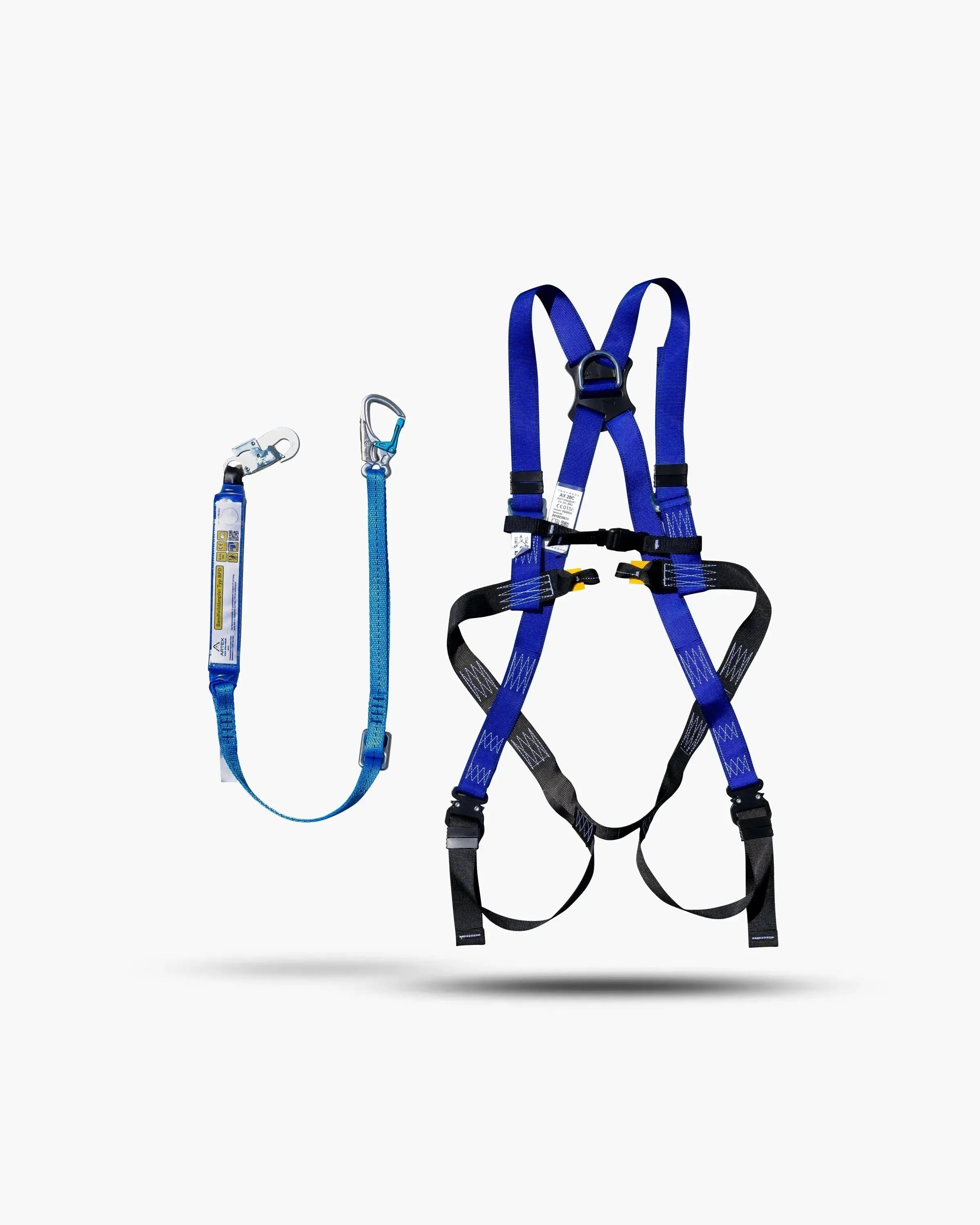


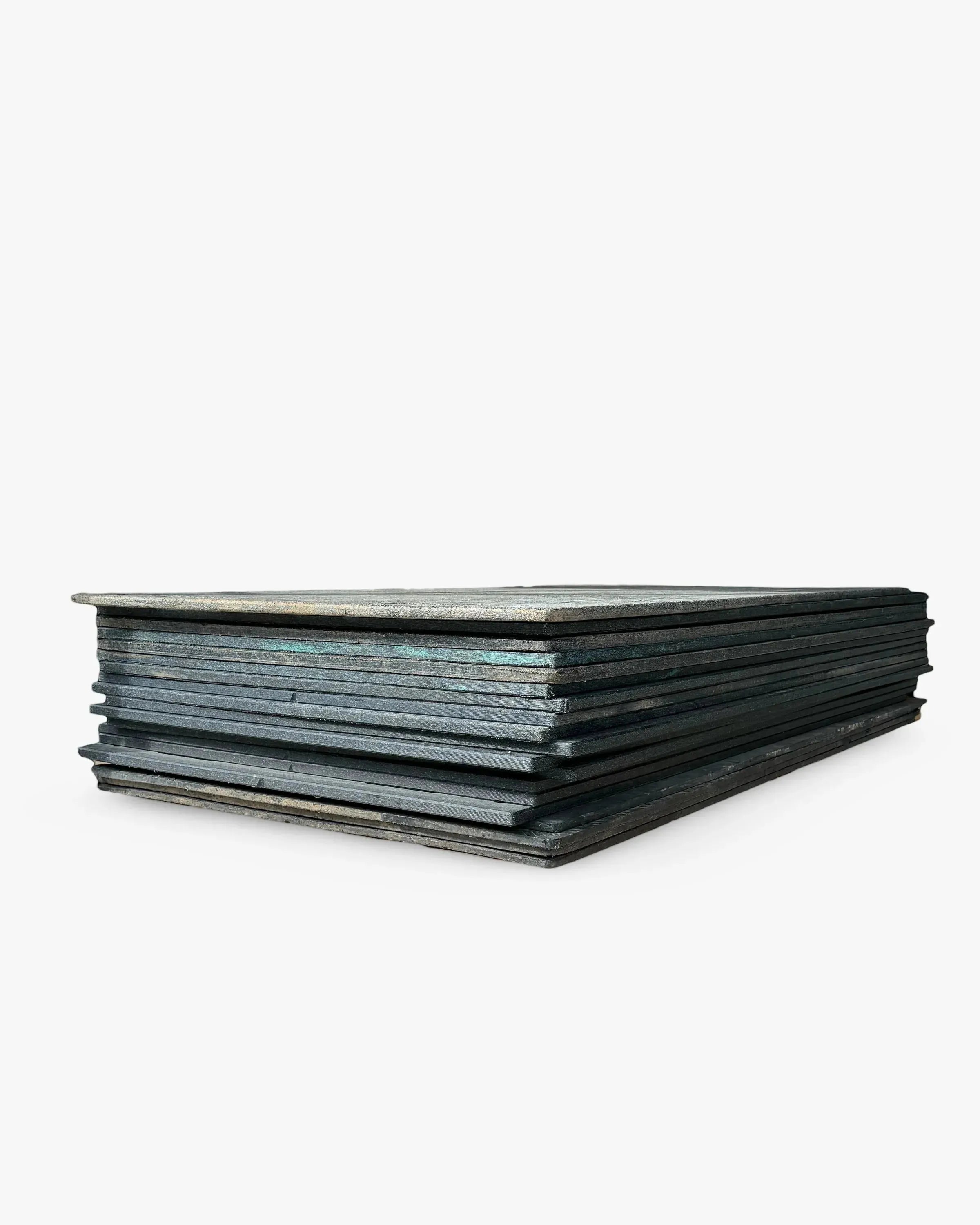

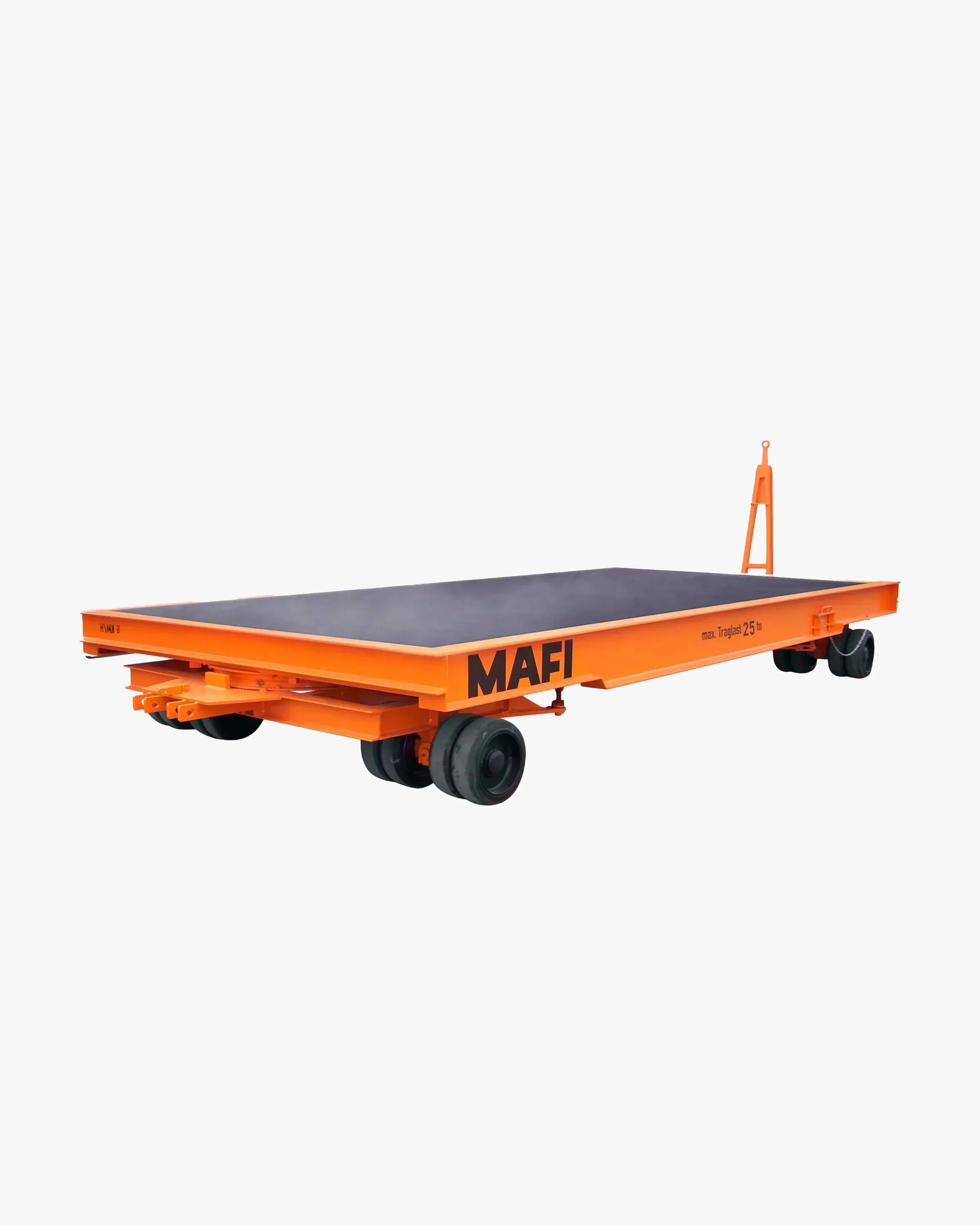
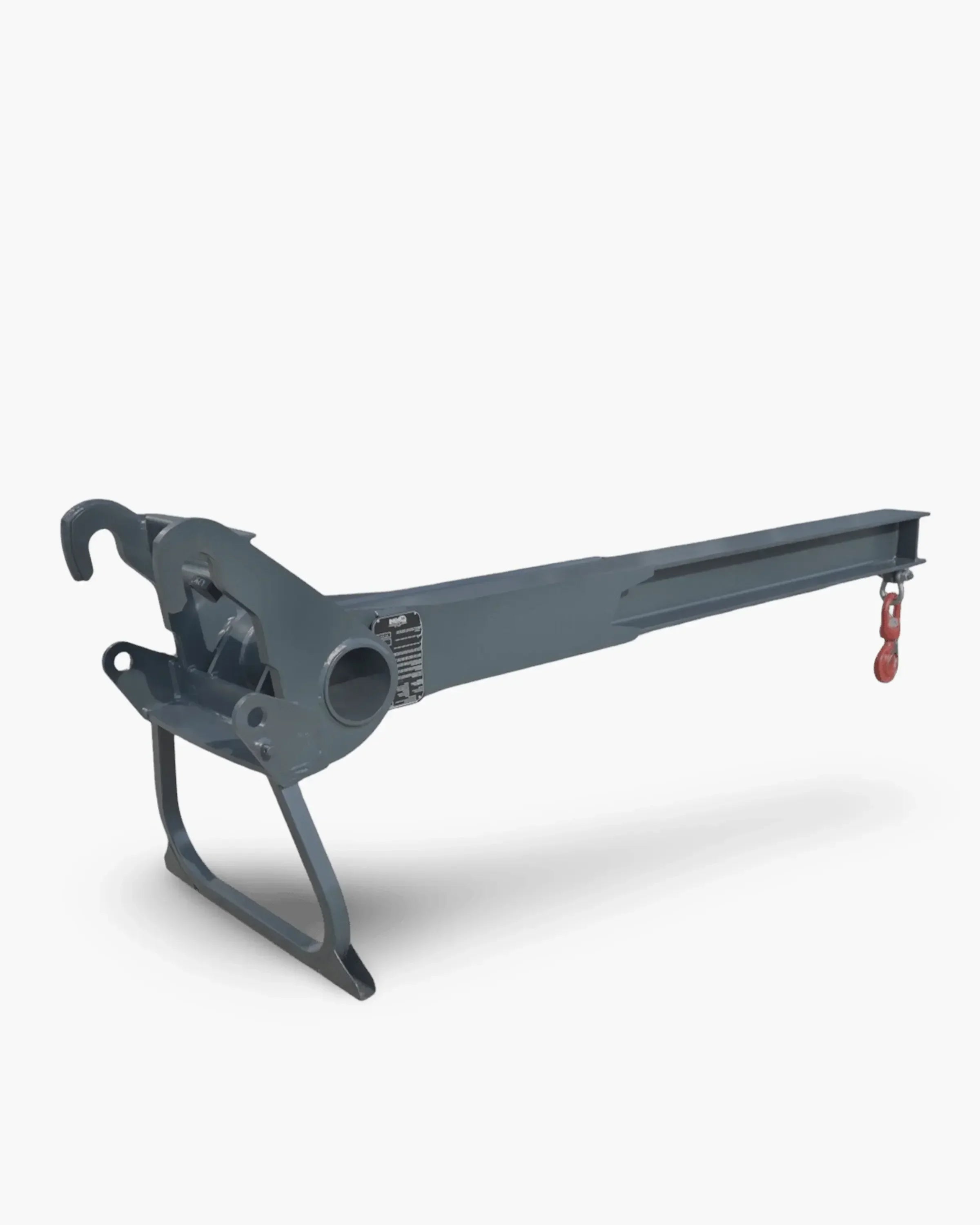
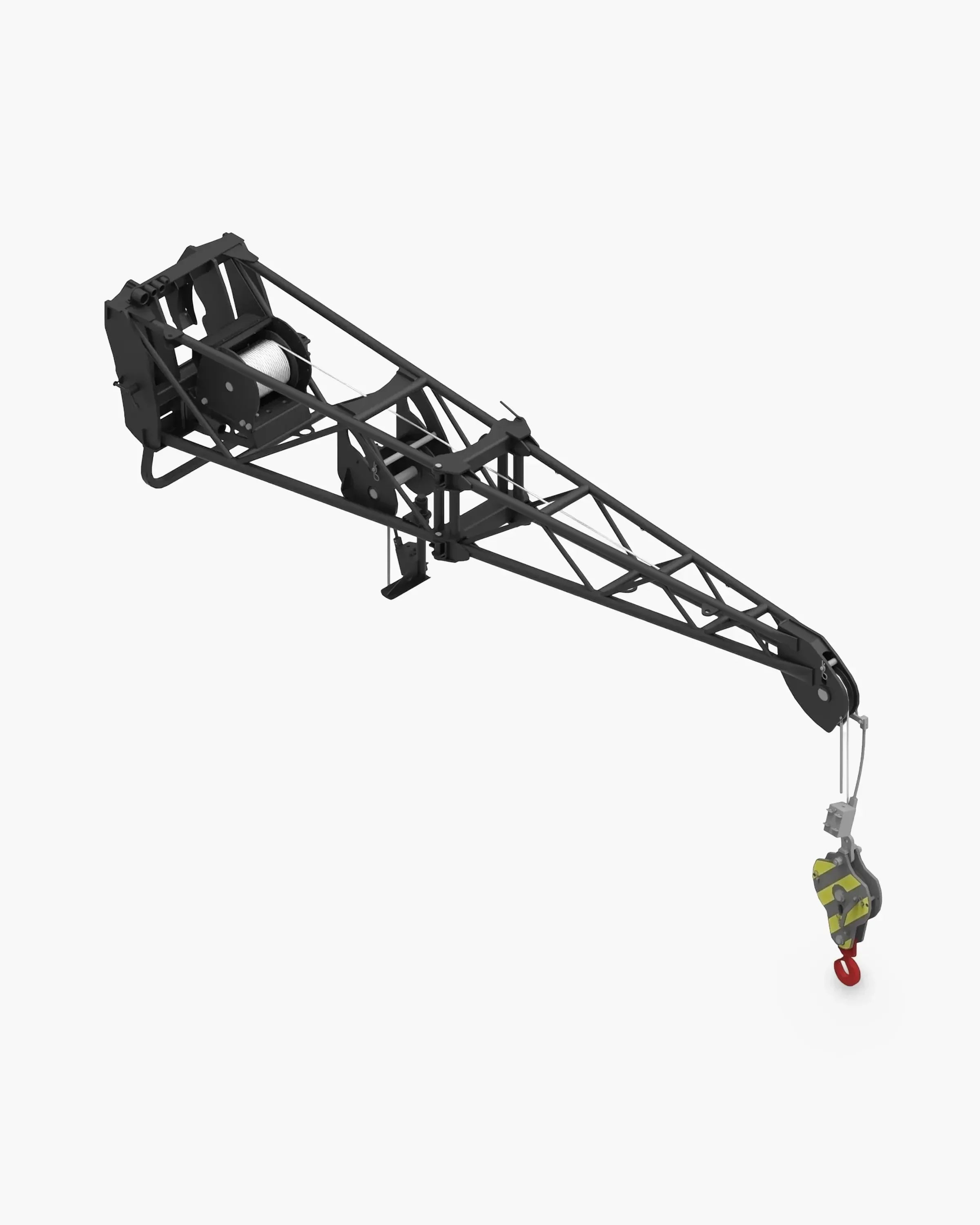
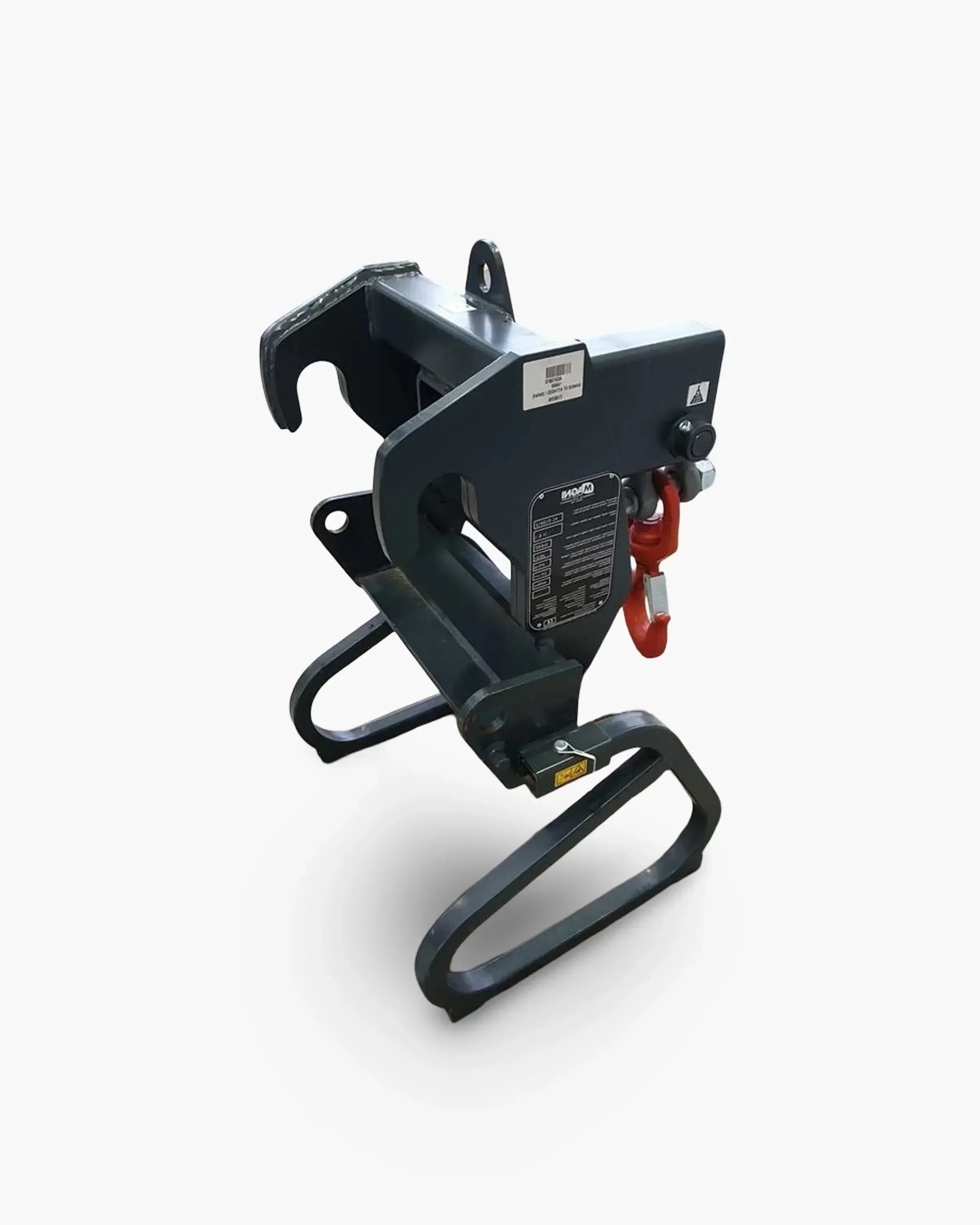

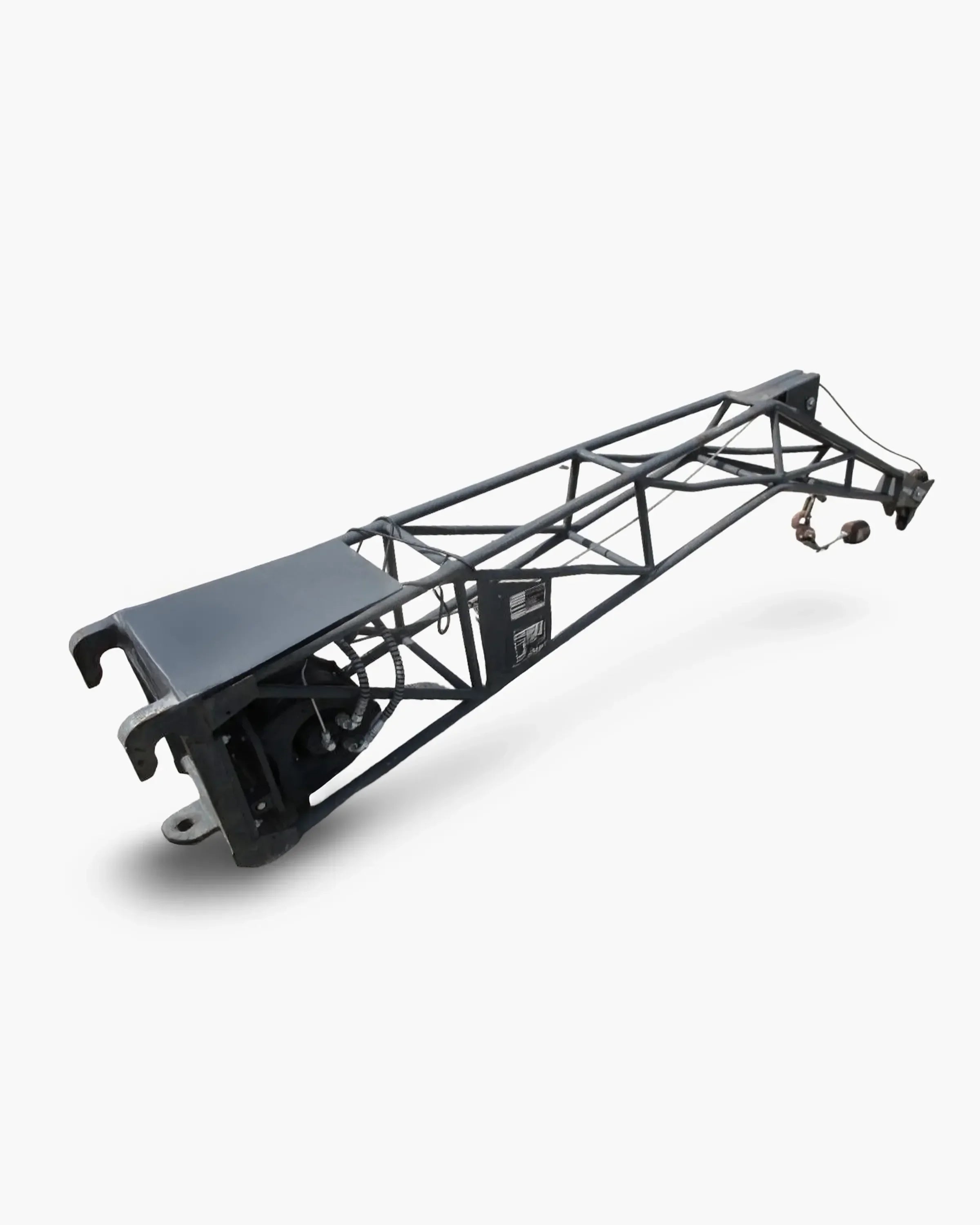
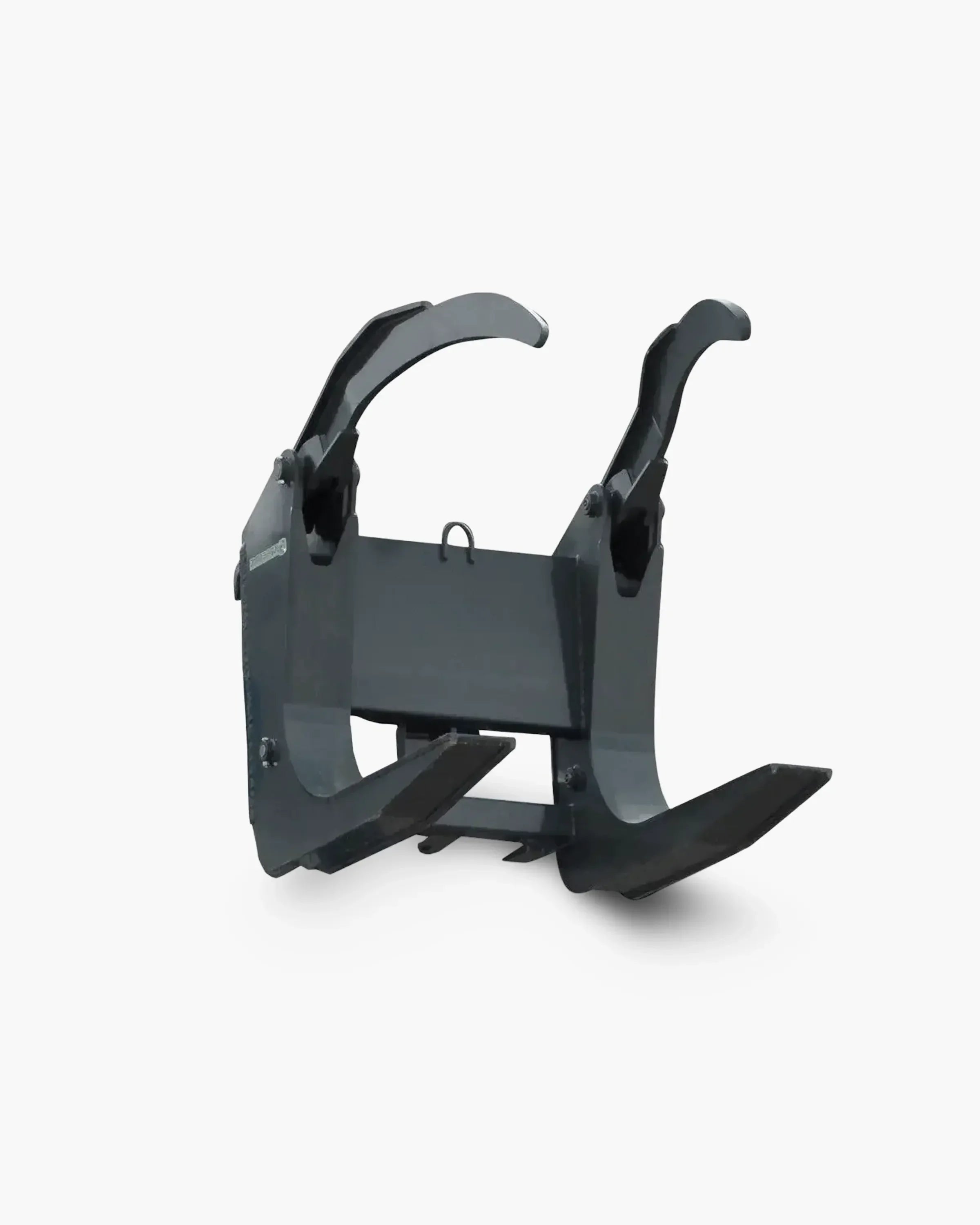
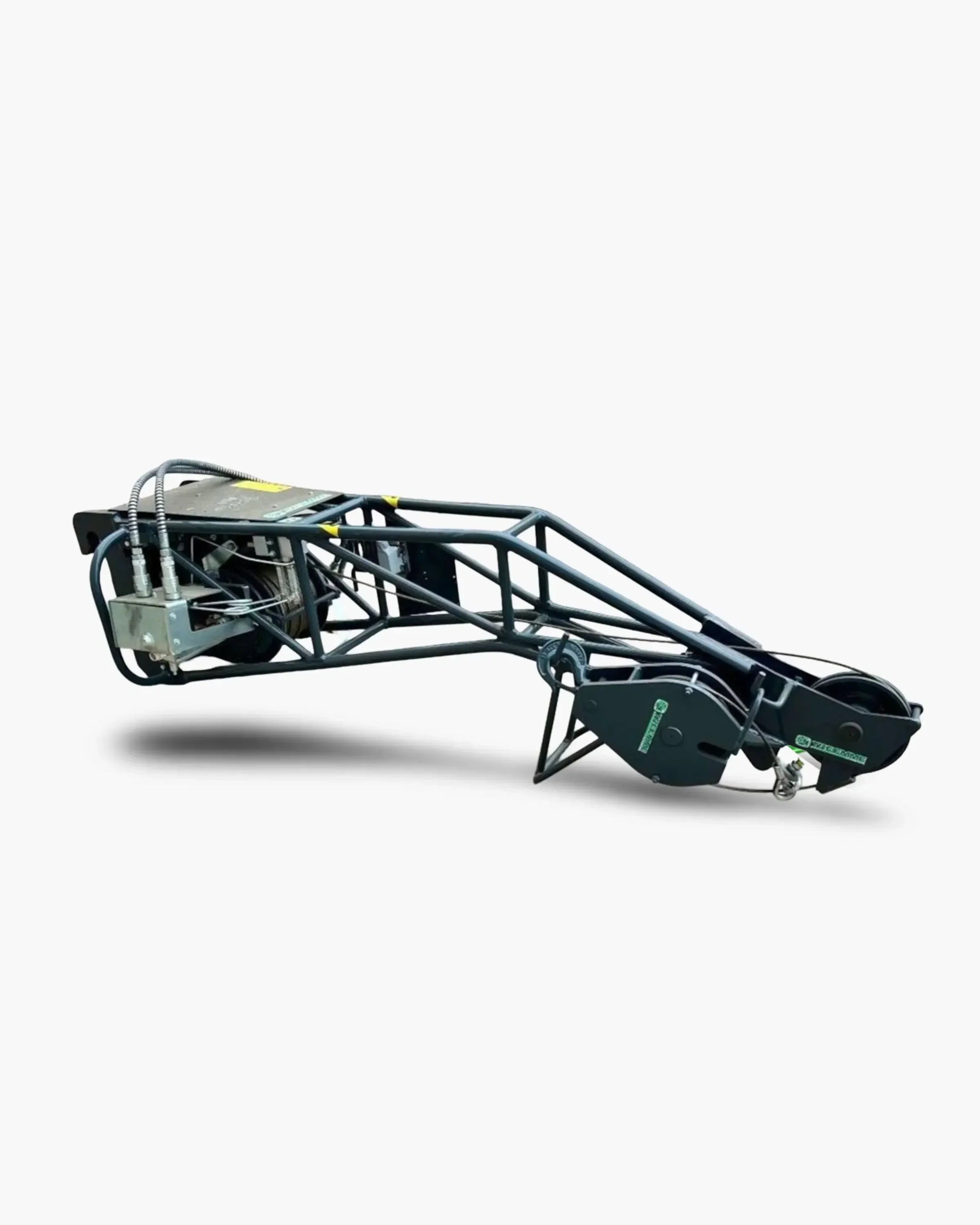

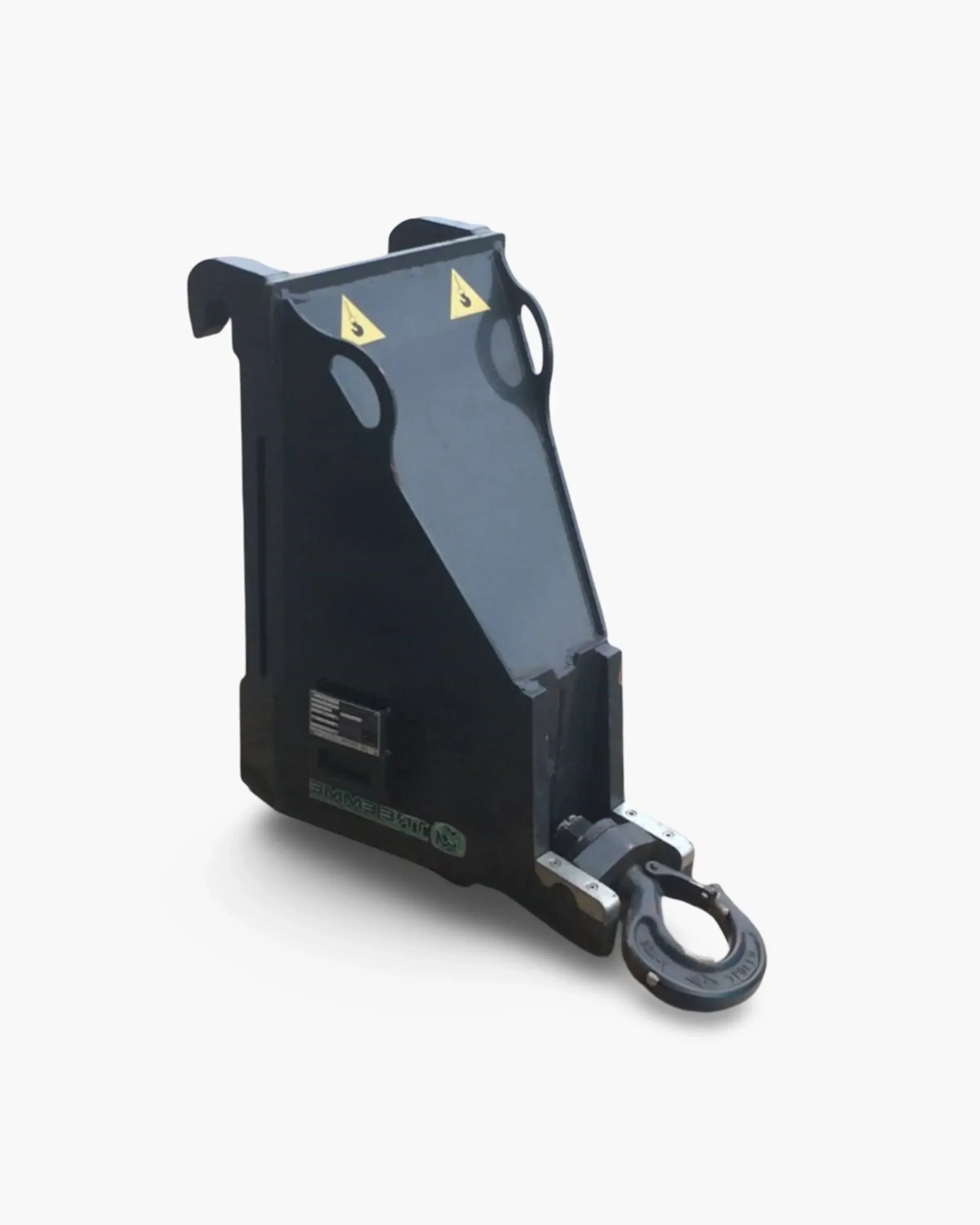
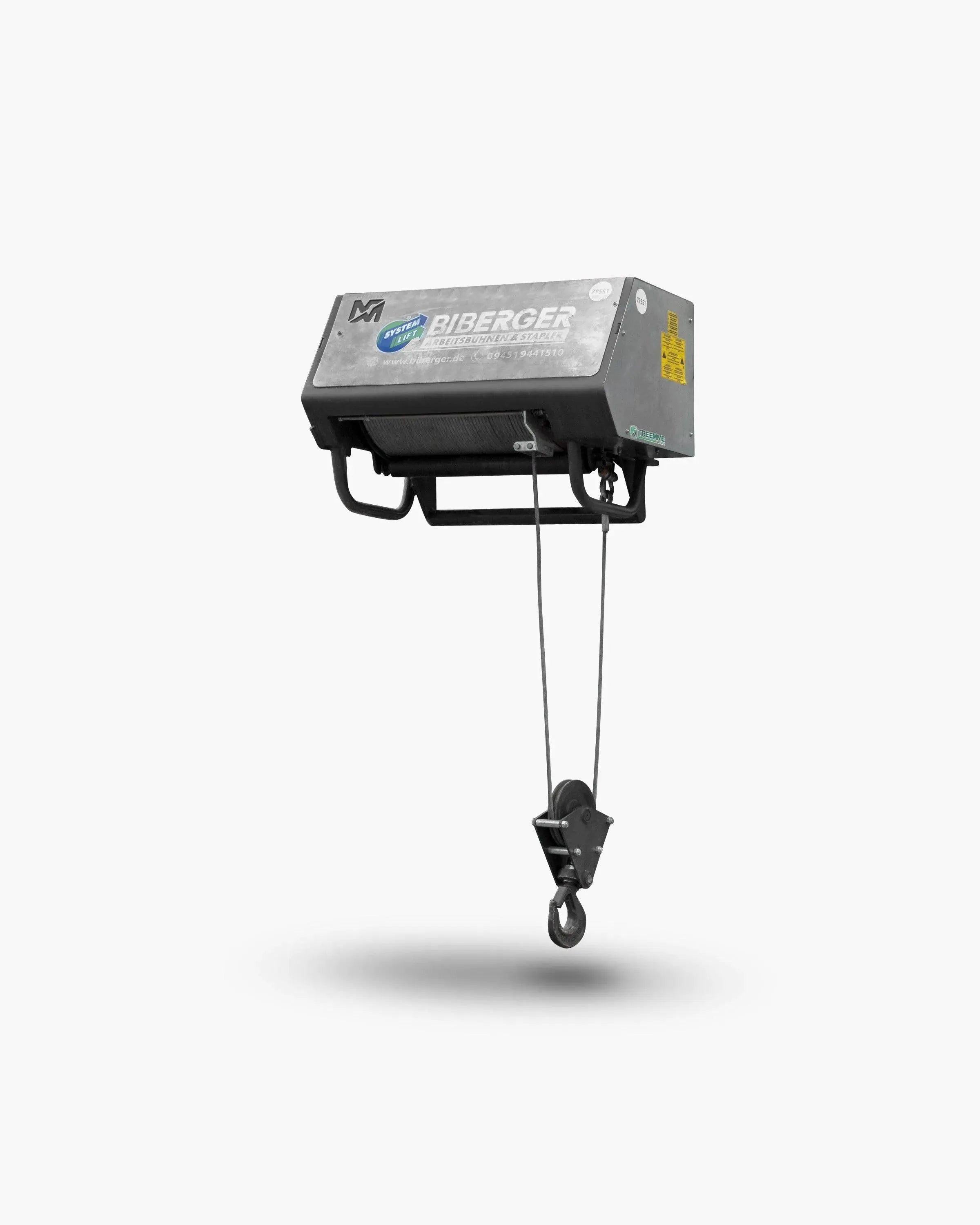
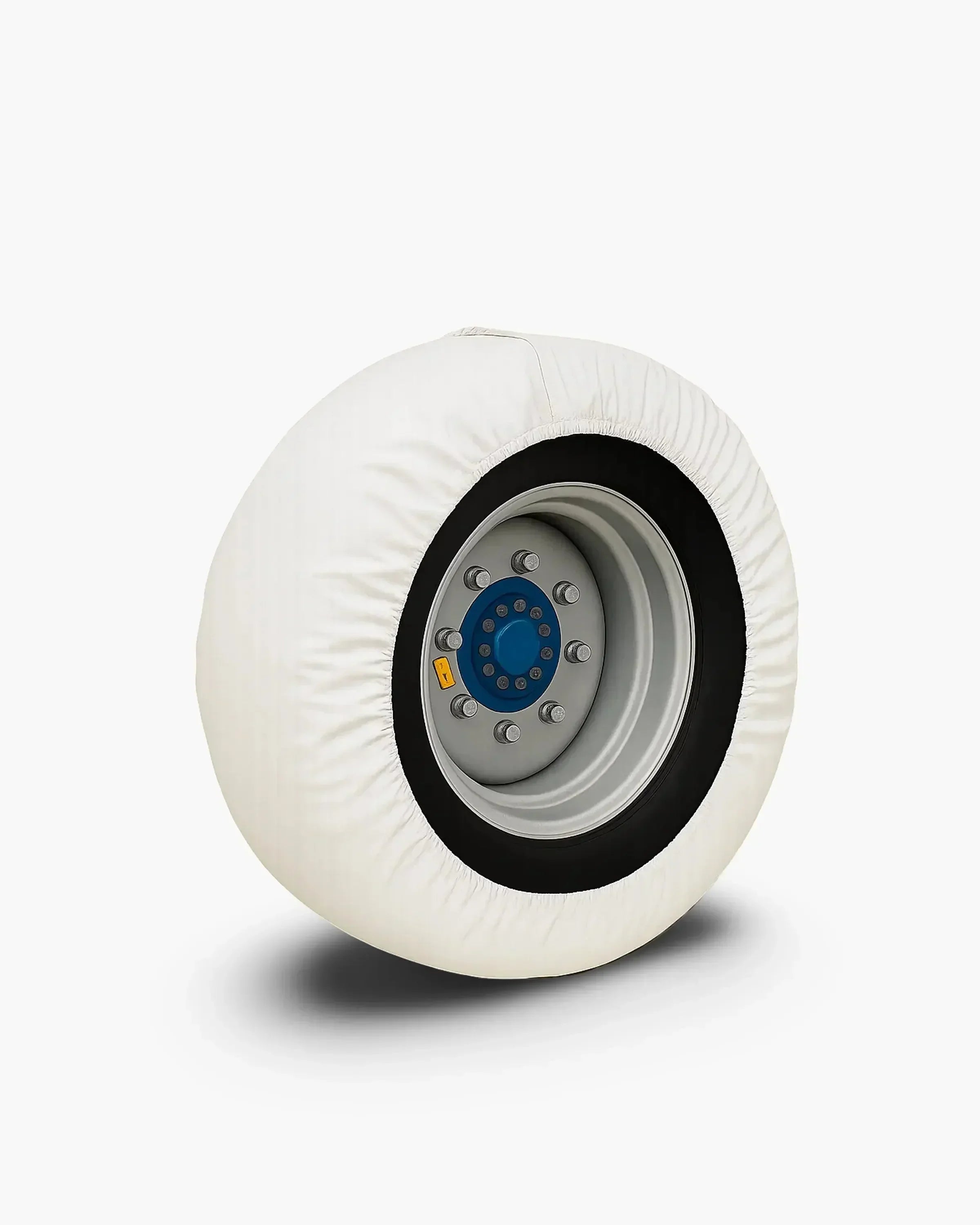


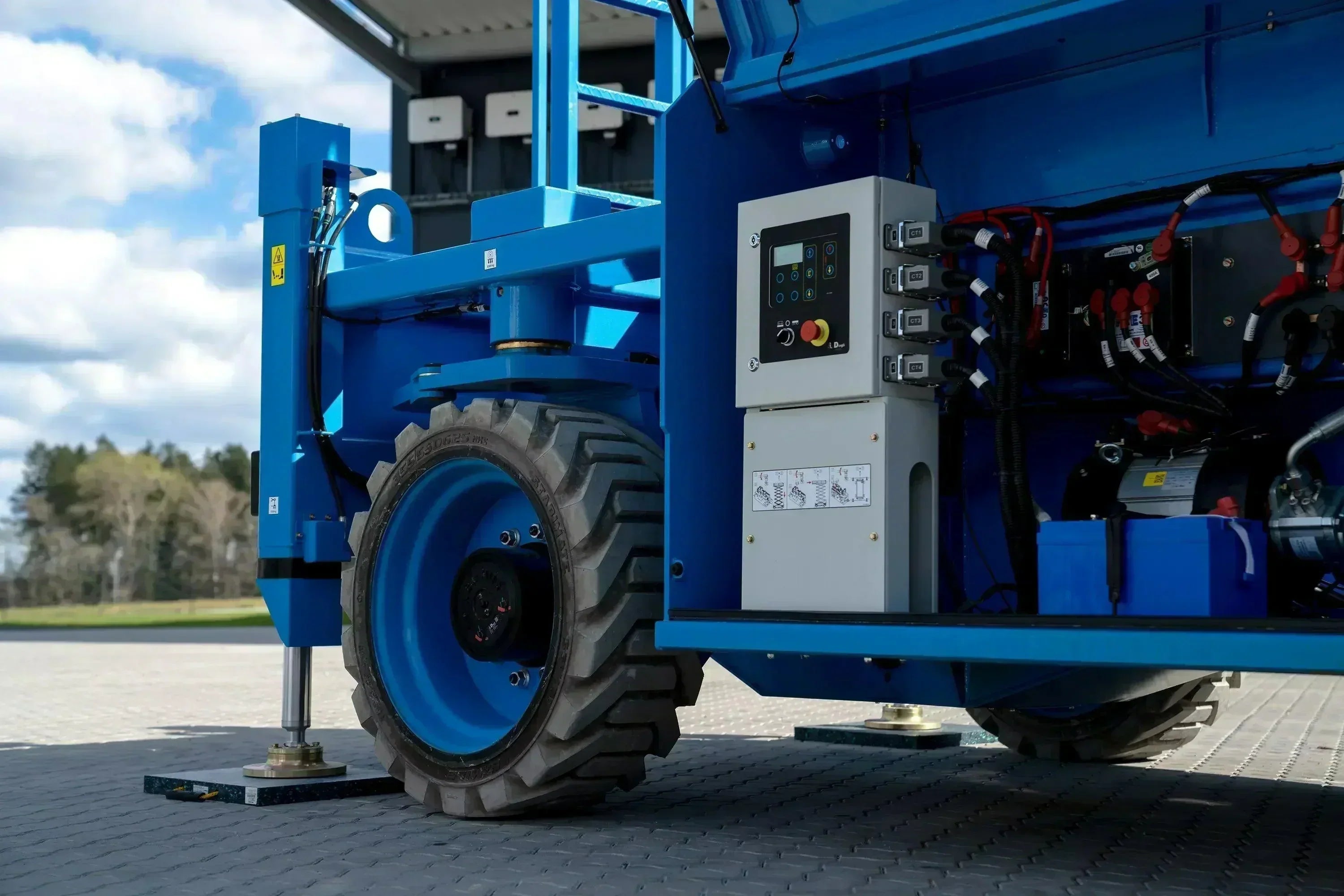

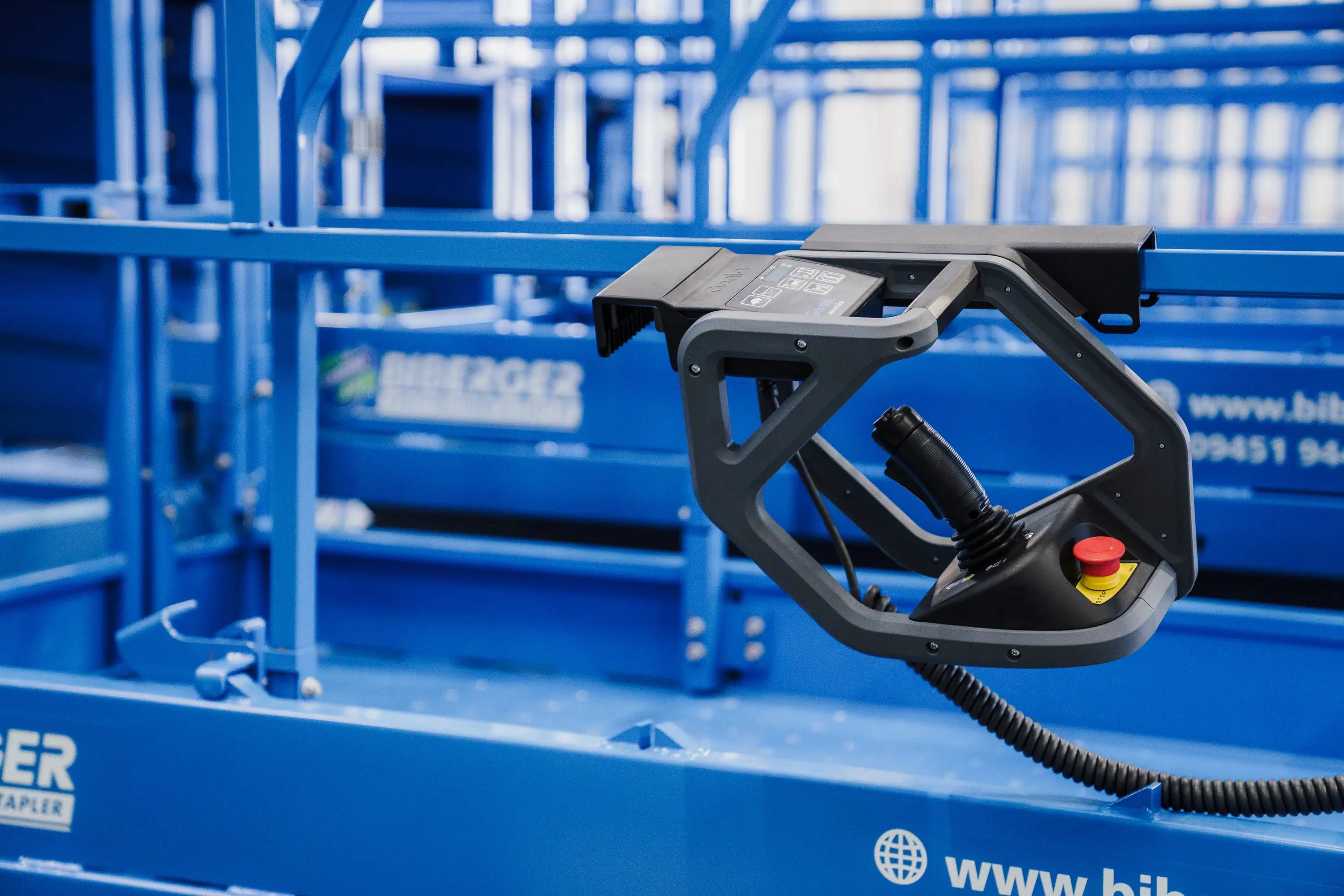
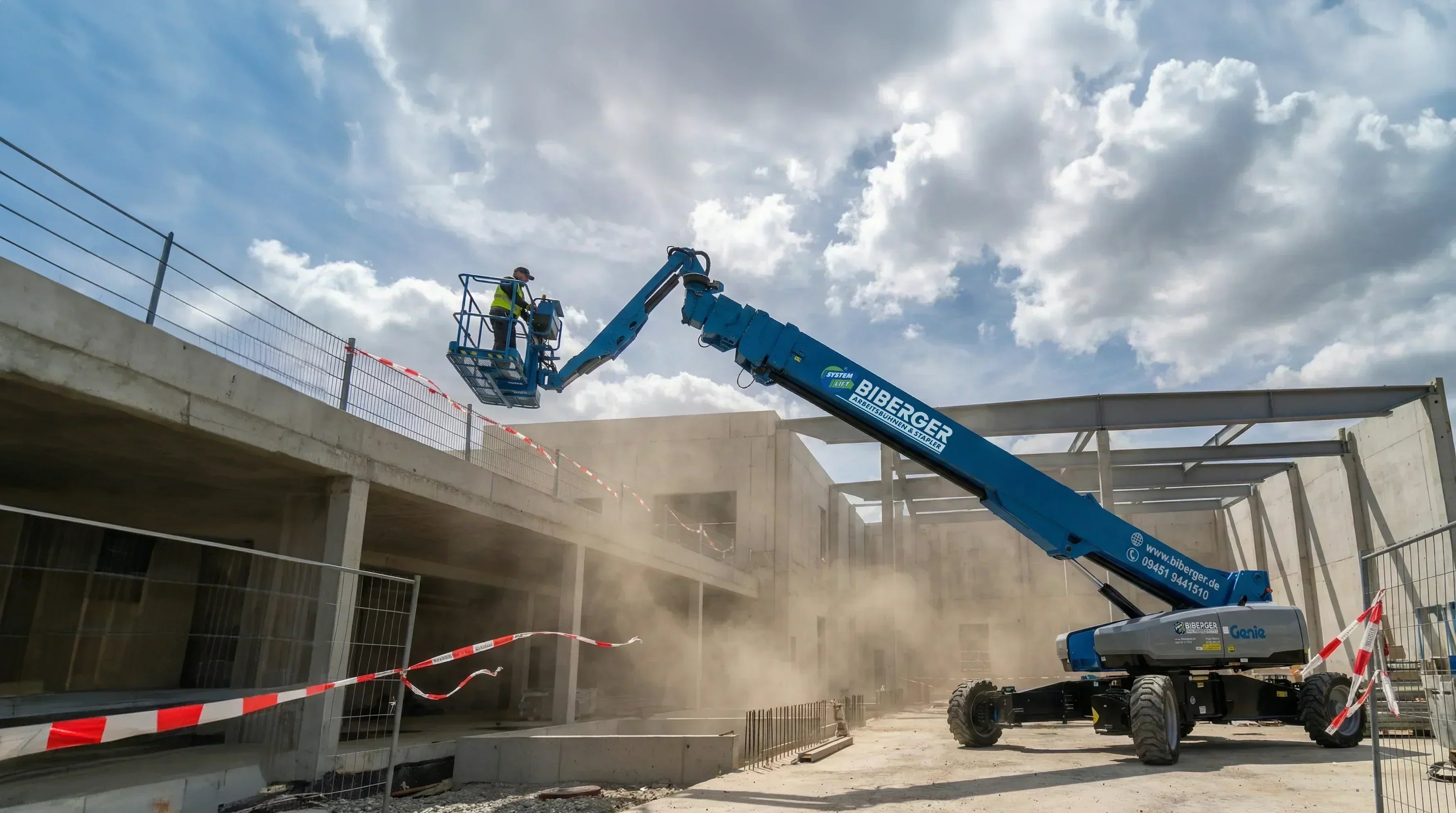
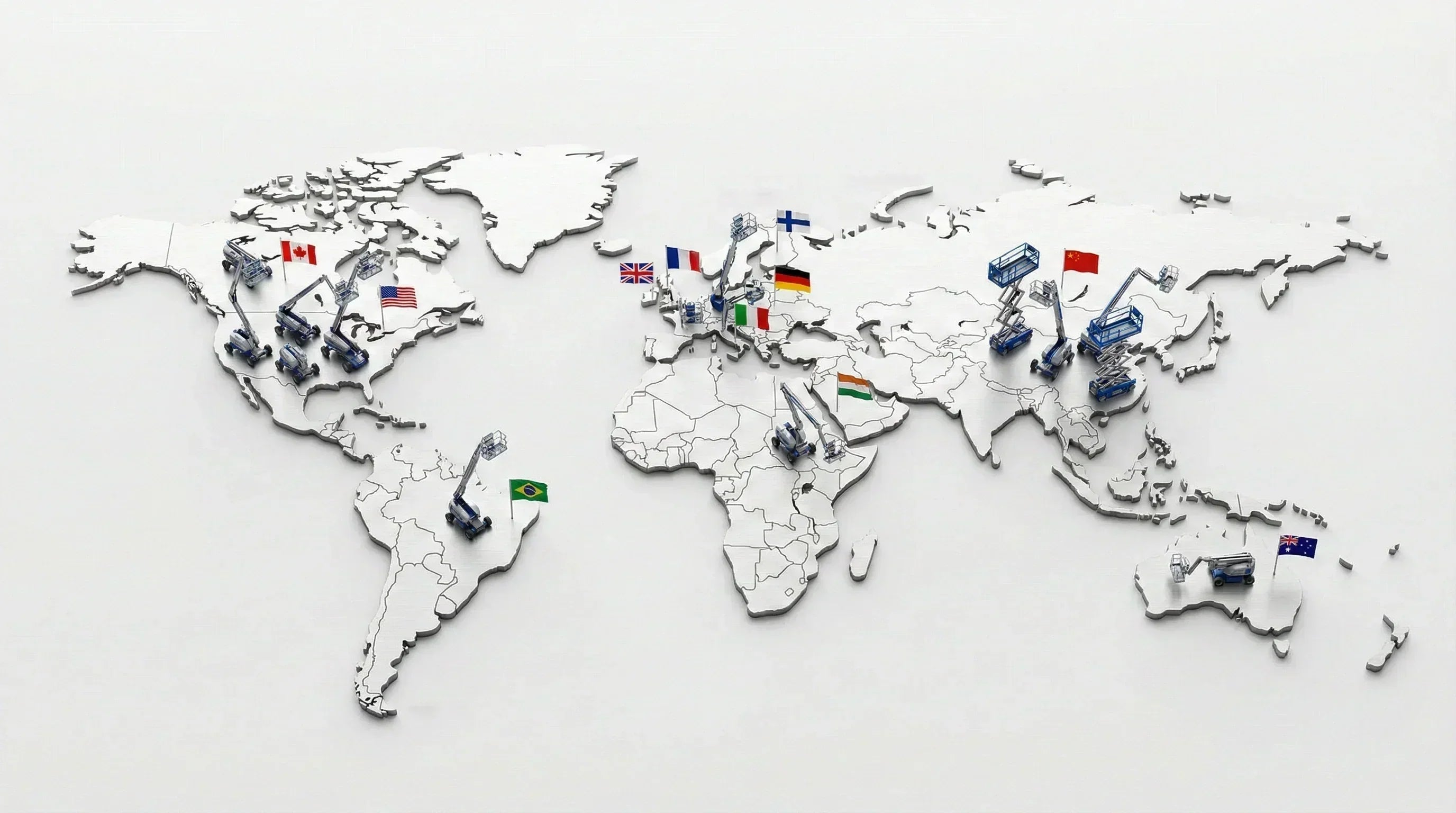
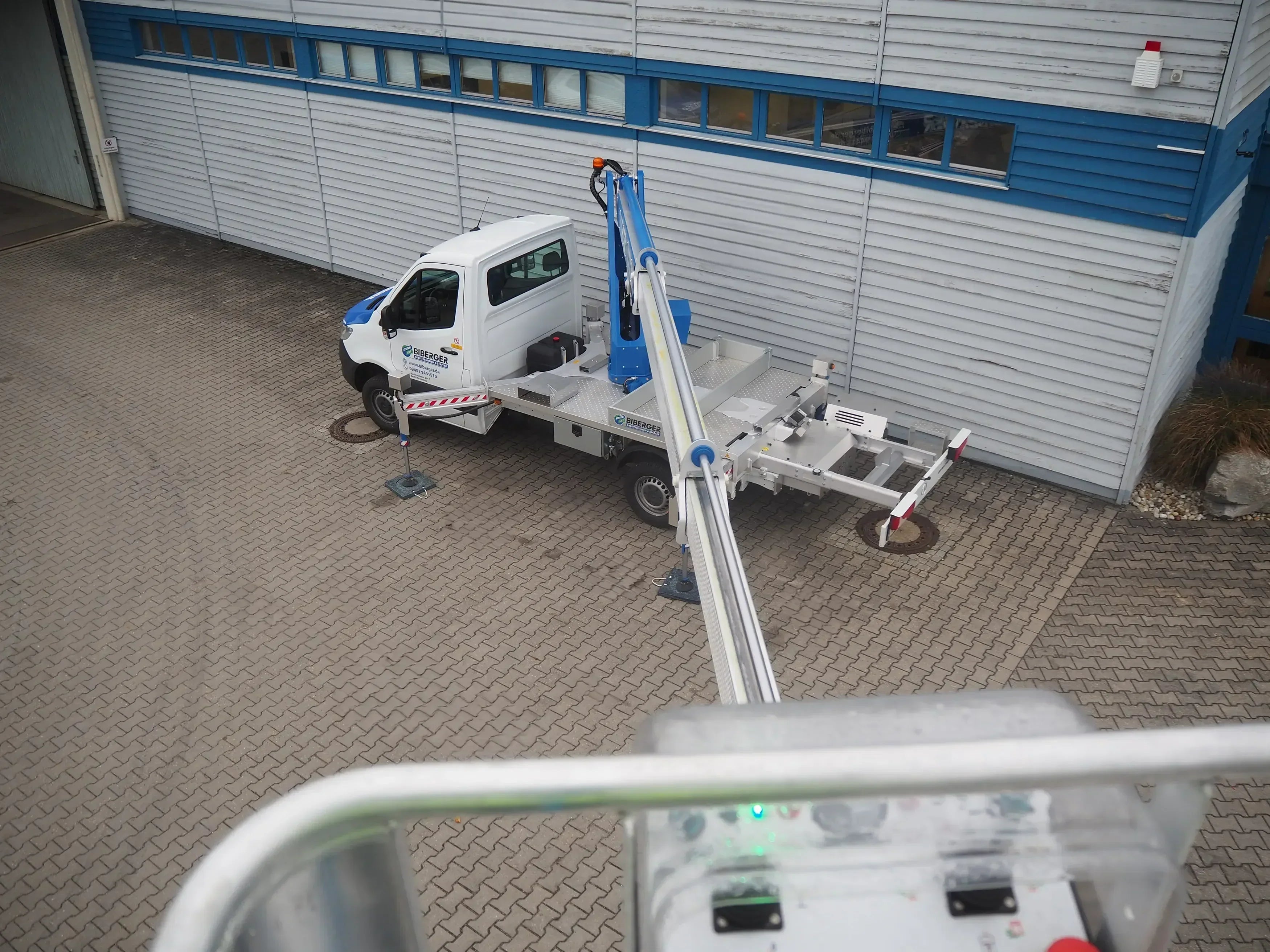
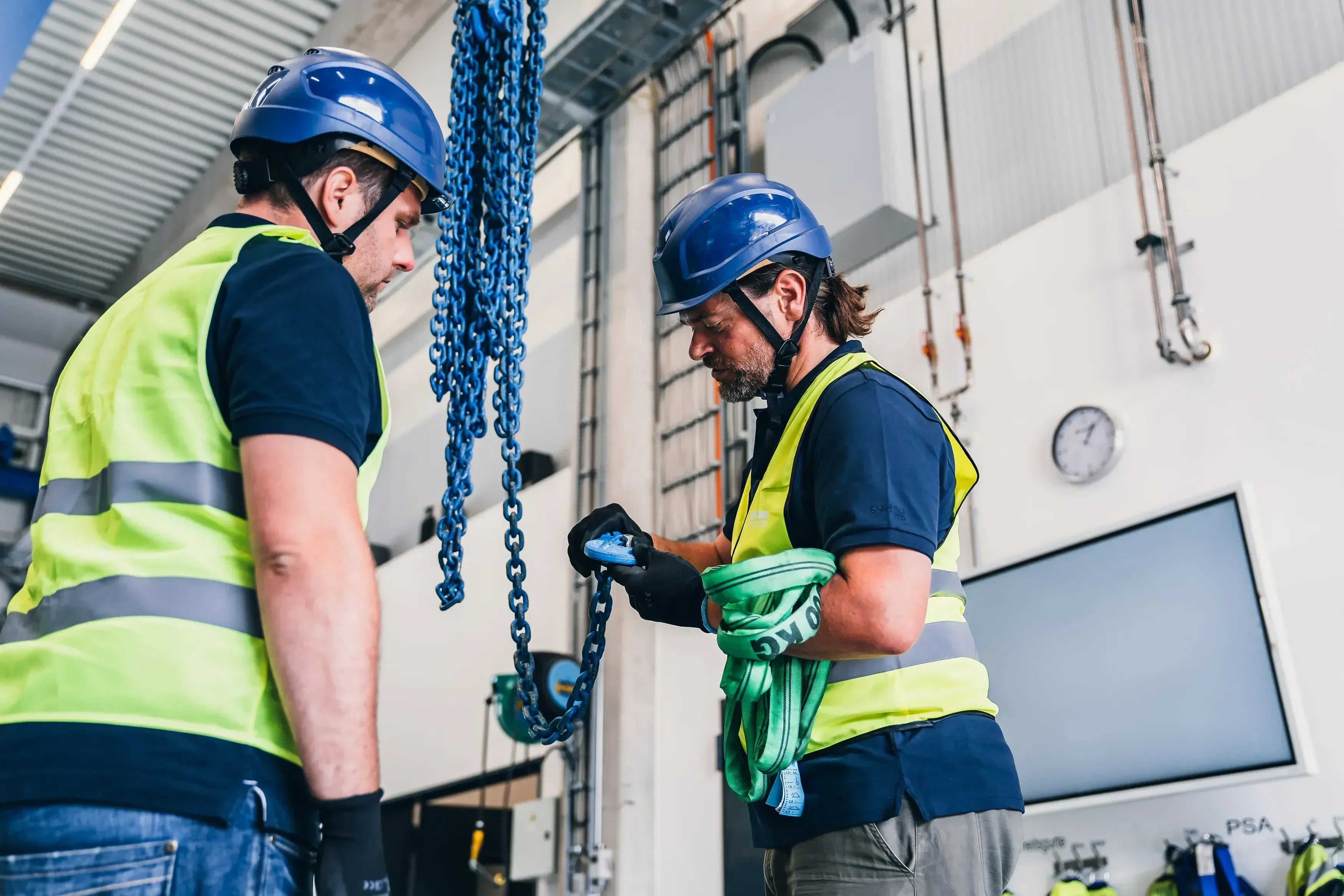
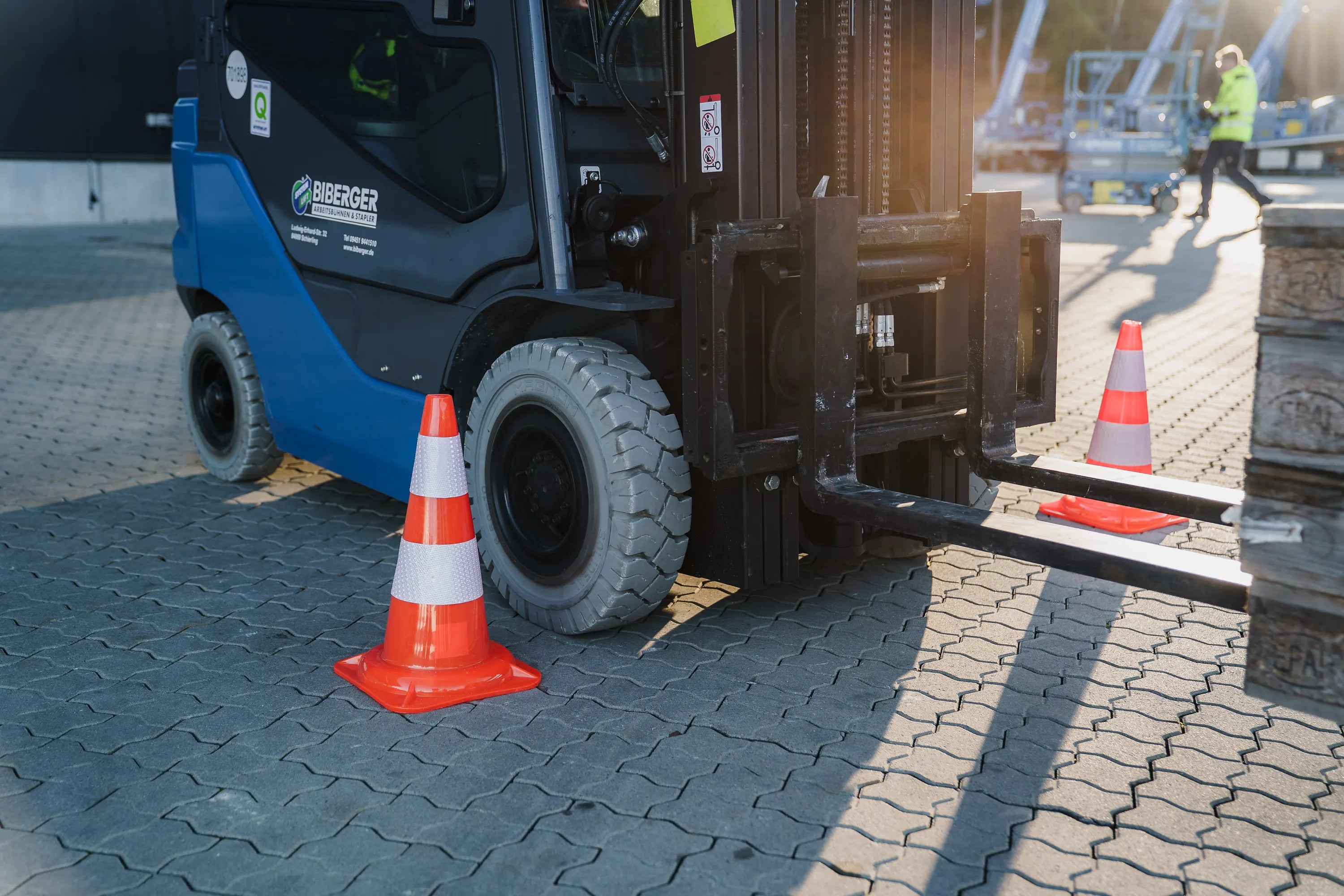
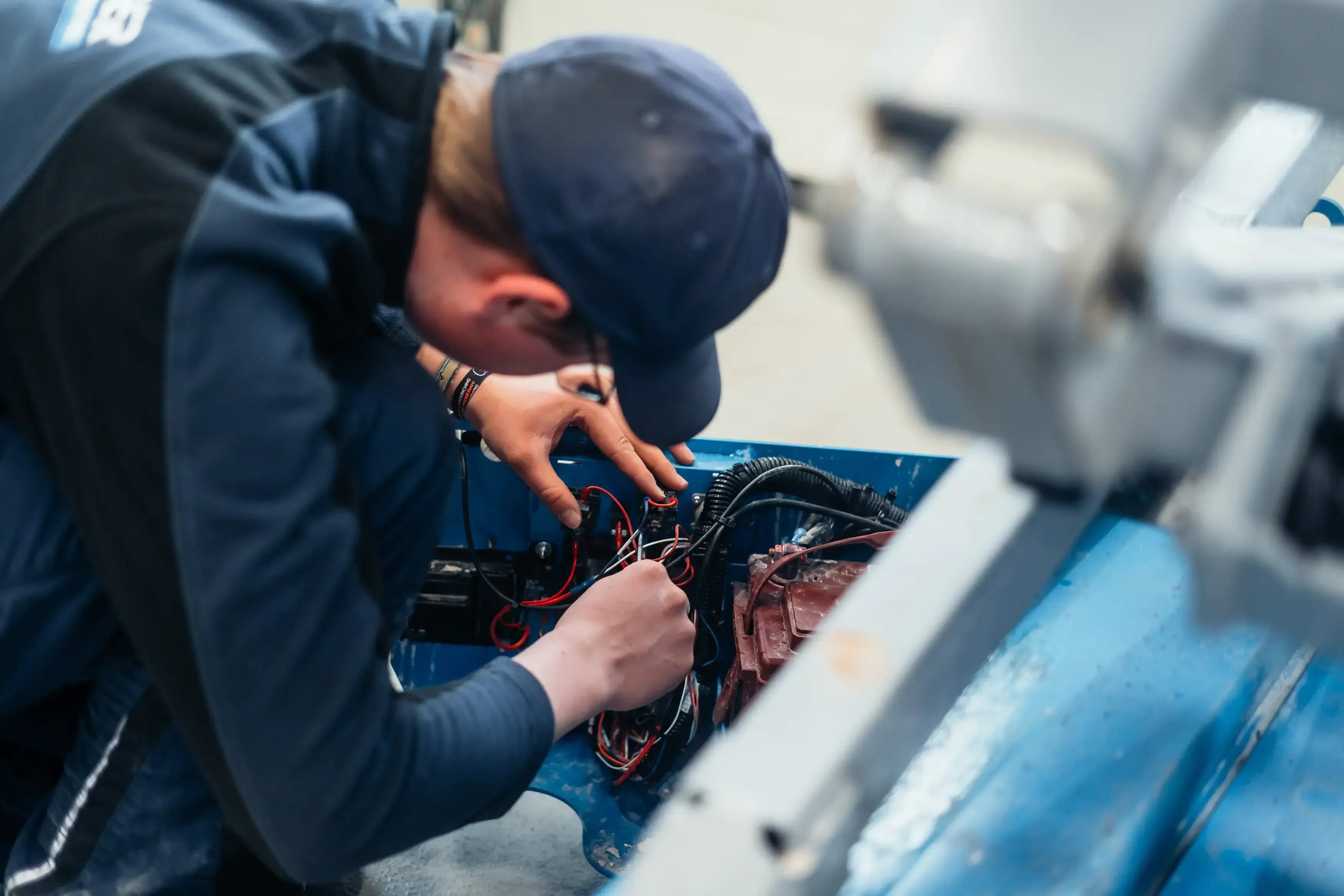
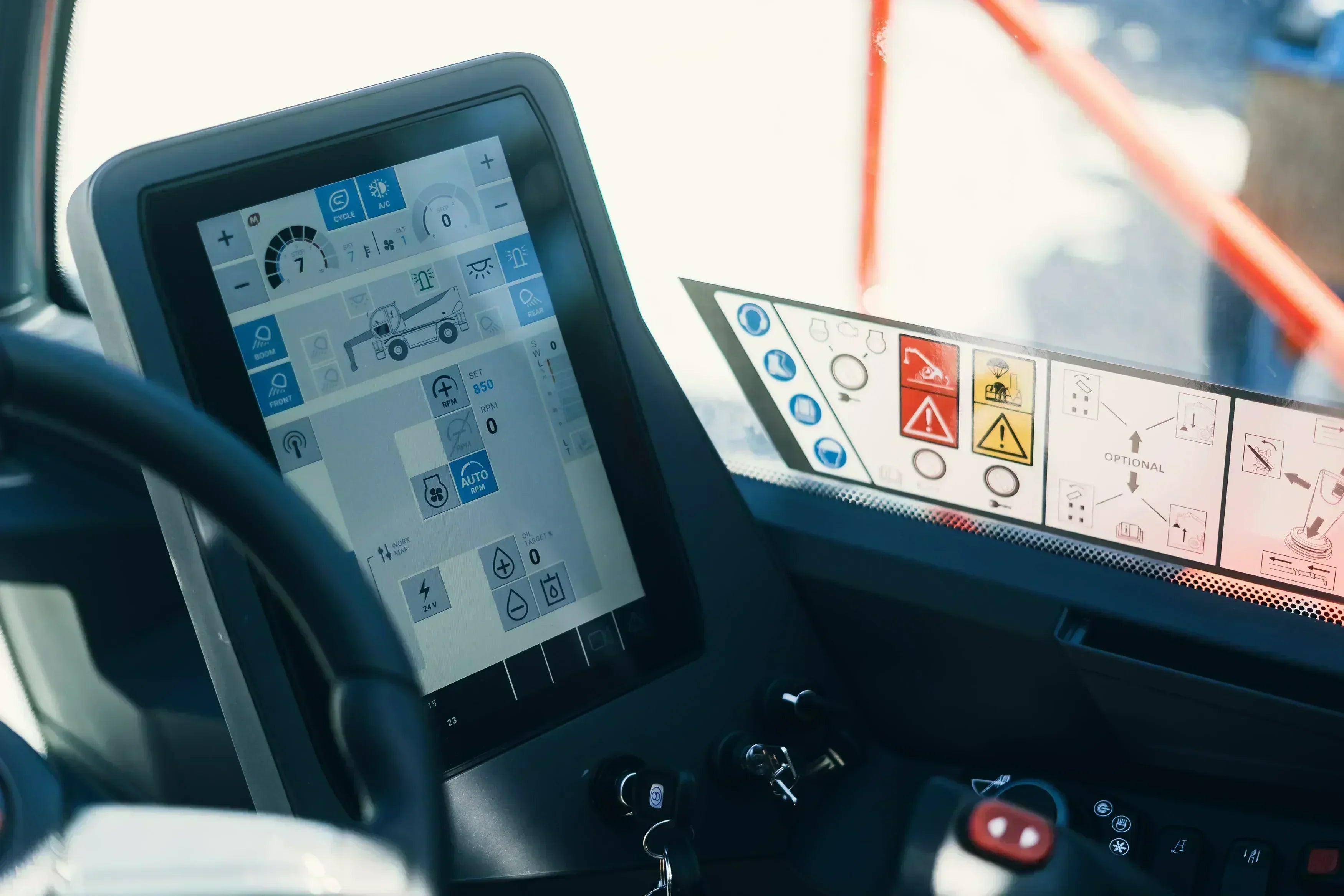






Share:
The pothole protection on scissor lifts: We explain the safety feature
New in the rental fleet: Magni ES2825RT: Up to 28 m and 1,000 kg load capacity
Our editorial quality standards
The subject content on biberger.de are editorially created, reviewed, and continuously updated. The basis is our daily work with aerial platforms, telehandlers, and industrial trucks – in rental, sales, operational planning, and technical support.
Each article draws on real-world experience and is editorially reviewed for clarity, accuracy, and practical relevance according to expert criteria. Technical statements are regularly compared against current industry standards and best practices.
The aim of our publications is to make reliable specialist knowledge accessible and to offer guidance to users, decision-makers and industry partners. BIBERGER sees itself as an independent information platform for safe, economical and modern height access technology – well-founded, comprehensible and free from advertising influence.